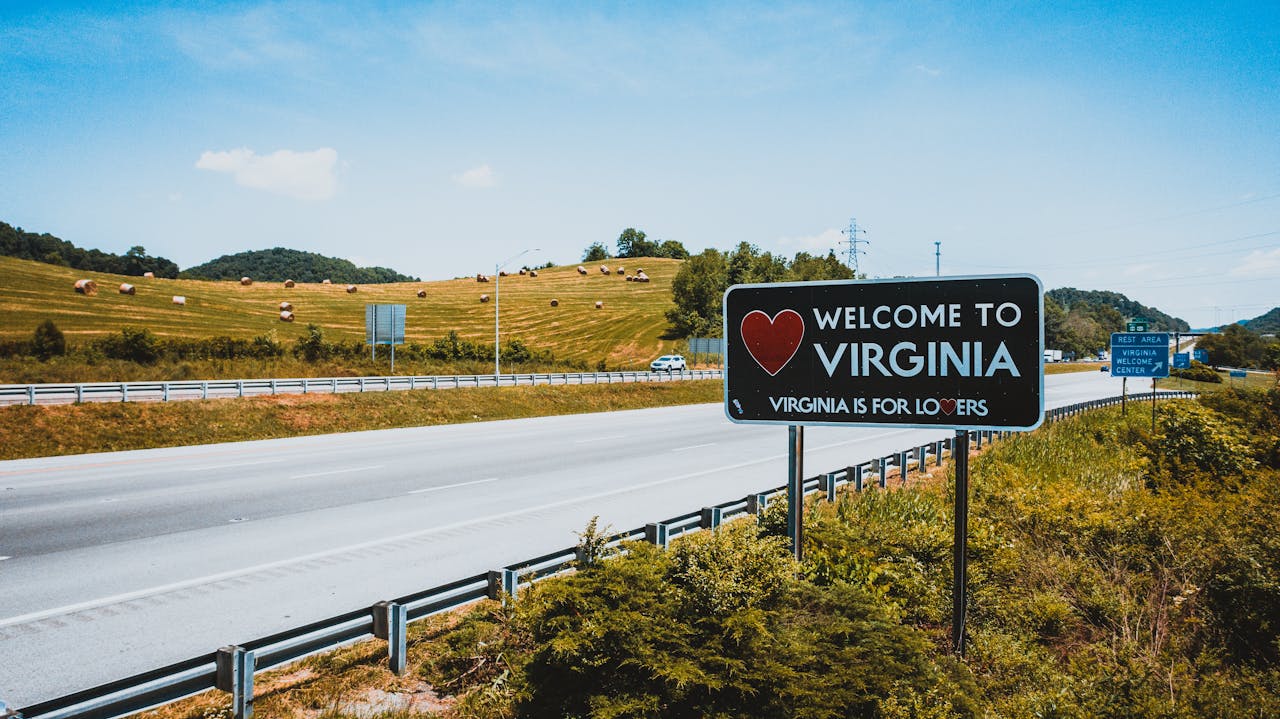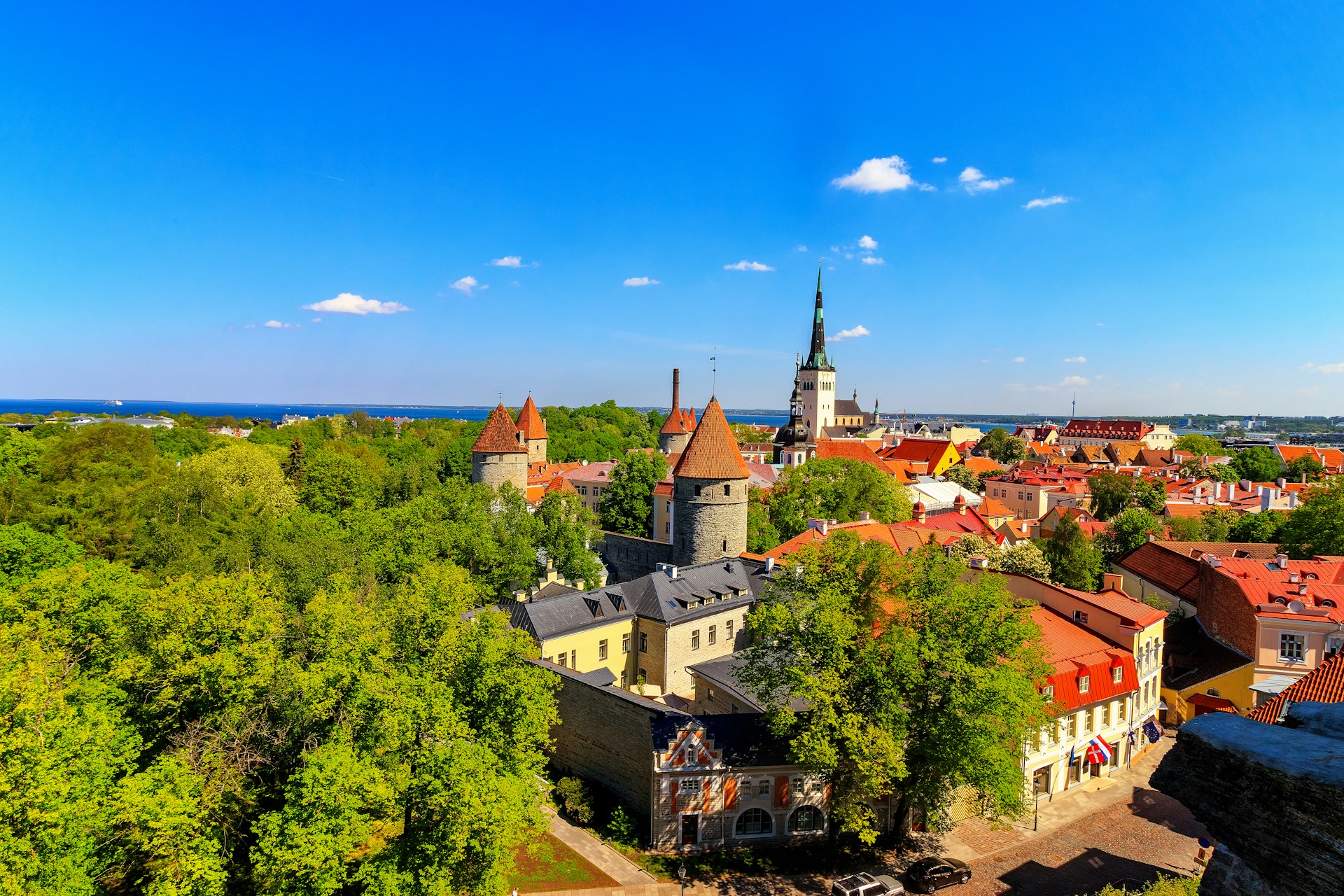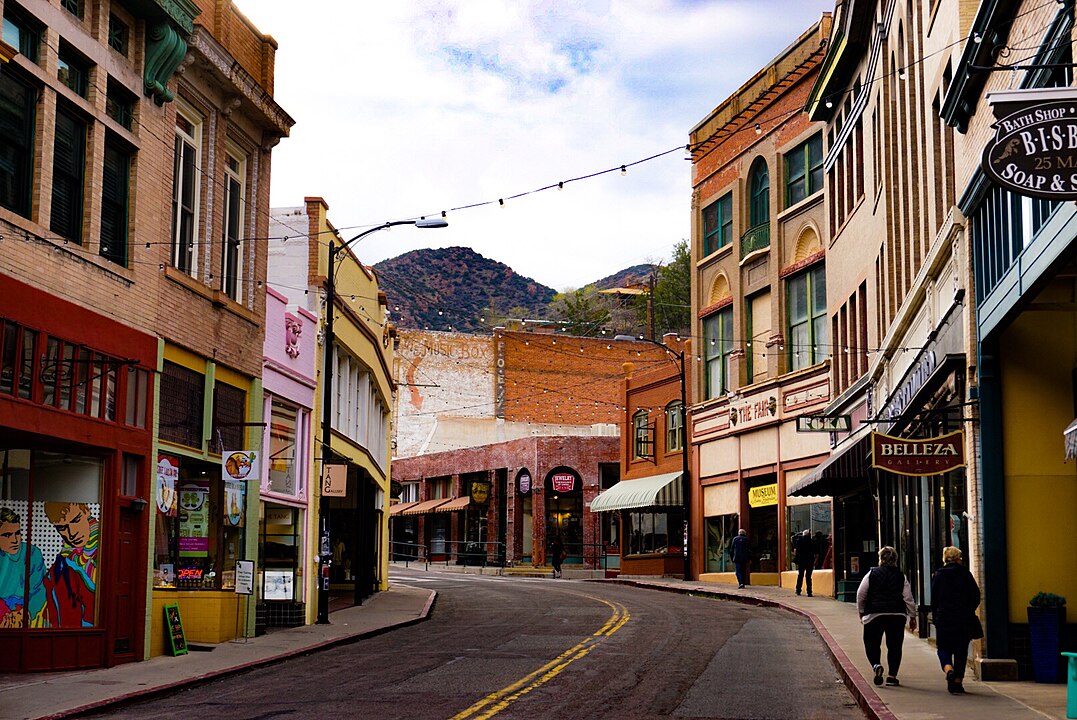Across the U.S., a few communities literally share a main street with another state. Daily life adjusts at the curb, from sales tax and school districts to casino rules and alcohol laws. Residents commute for work, groceries, and sports, while city services are coordinated through compacts and joint boards. These eight pairs prove a border can divide governments yet still create one hometown feel. Bring a camera for the state line sign, then listen for accents, team loyalties, and small differences that make each side unique.
1. Bristol, Virginia / Tennessee
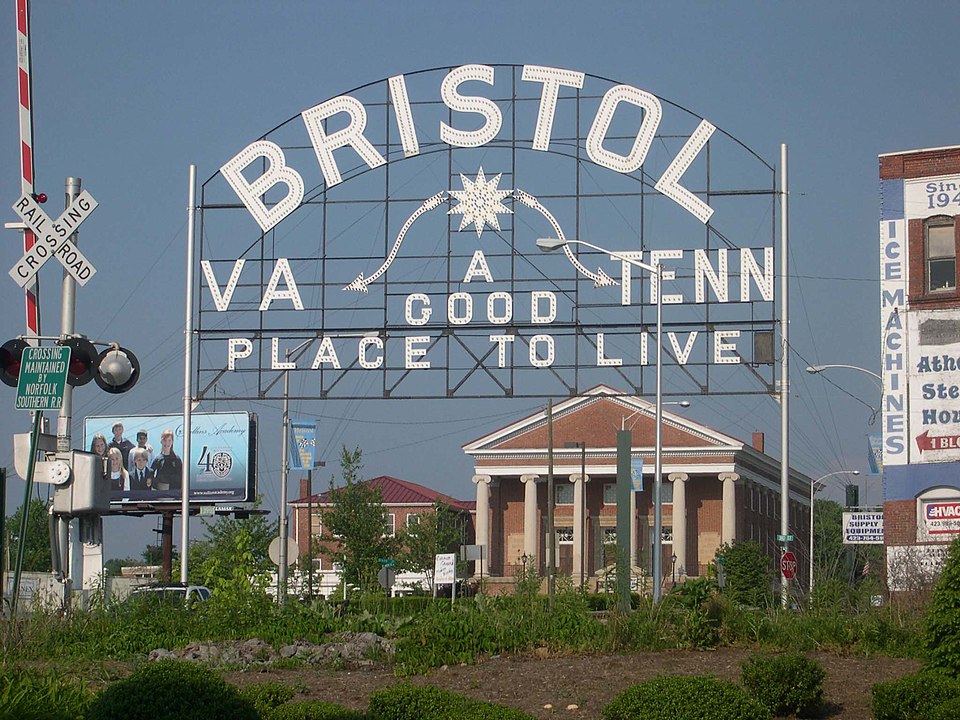
State Street is the border, with Virginia on the north sidewalk and Tennessee on the south. Two city halls, two sales tax rates, one shared identity built on music and motorsports. The Birthplace of Country Music story anchors the Virginia side, while Bristol Motor Speedway roars a short drive into Tennessee. Restaurants, shops, and festivals line the same blocks, so locals joke that dinner can happen in one state and dessert across the paint stripe. It feels like one downtown with two sets of rules.
2. Texarkana, Texas / Arkansas
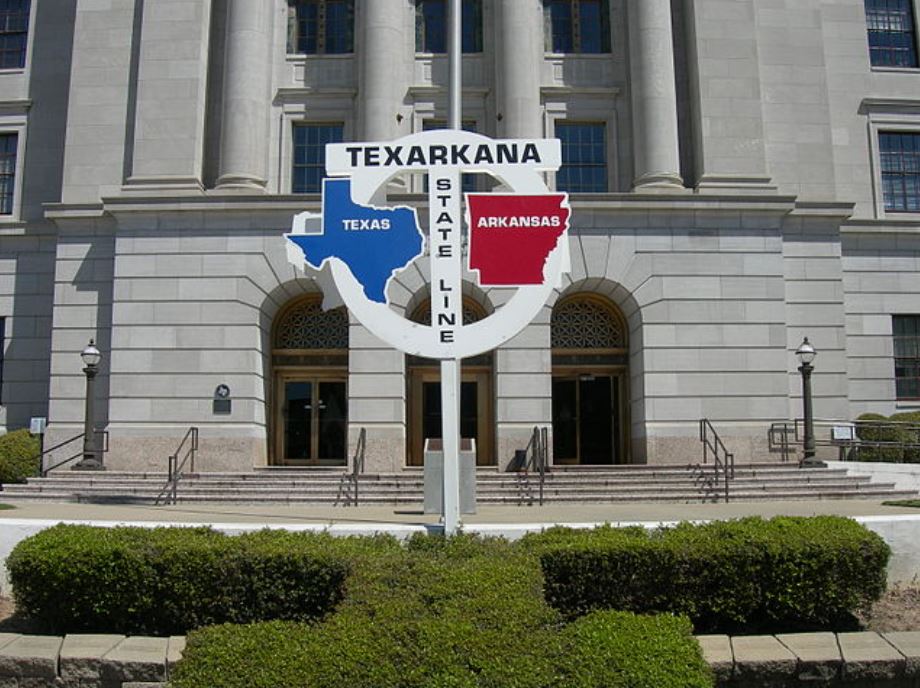
Texarkana is famous for State Line Avenue and a U.S. Post Office and courthouse that straddles the border, complete with twin entrances. Police, fire, and utilities operate separately yet coordinate often for events and emergencies. Residents hop sides for jobs, concerts, and cheaper items depending on tax or store options. The skyline looks like one city, and weekend car shows park right on the line so photos capture both states. Even high school rivalries feel friendly, a practical truce built on shared streets.
3. Delmar, Delaware / Maryland

Delmar calls itself the town too big for one state. It sits astride the Mason and Dixon survey line, with homes and shops flowing across a low ridge. A joint school system and coordinated police agreements help daily life run smoothly. Neighbors compare state rules on vehicle inspections and hunting seasons, then meet at the same diner. The local fair and holiday parades pull crowds from both sides, while utility crews swap help after storms. The border is real, the community feels singular.
4. Bluefield, West Virginia / Virginia
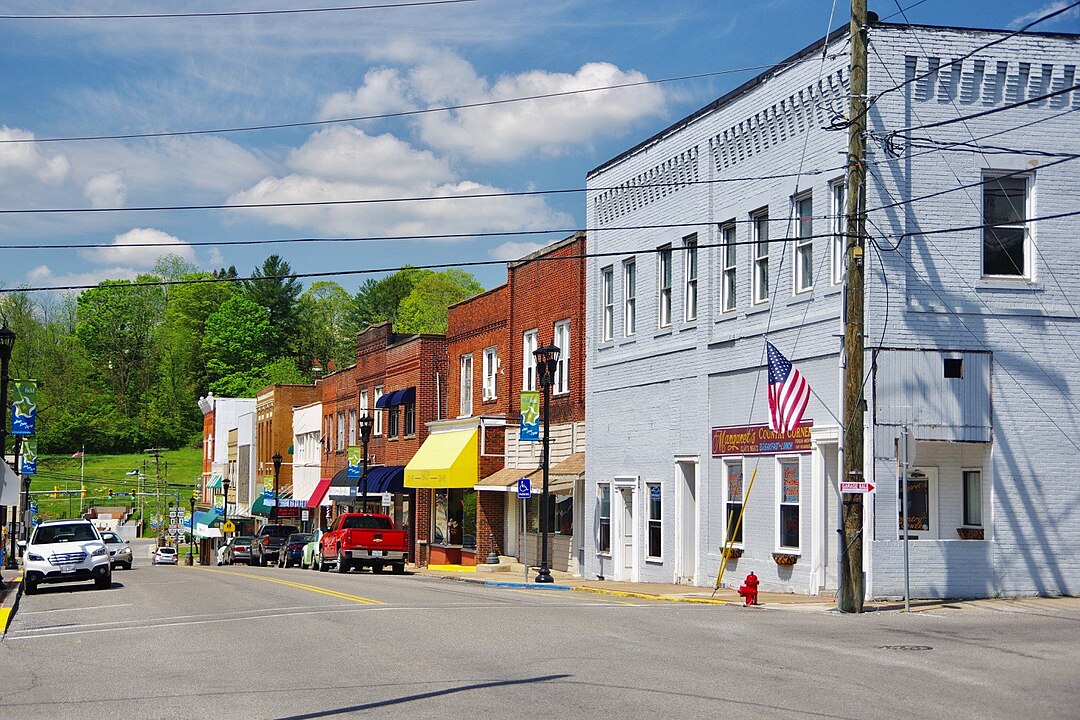
Bluefield is a coal and rail twin city where the line is mostly invisible until a street sign flips states. West Virginia hosts Bluefield State, Virginia hosts Bluefield University, and football games at historic Mitchell Stadium draw fans from both. Commuters cross for hospital visits, courthouse errands, and shopping without thinking about it. City departments handle their own codes and taxes, yet festivals, parades, and weather plans are often coordinated. The Two Virginias nickname fits, two governments bound by one valley.
5. Stateline, Nevada / South Lake Tahoe, California
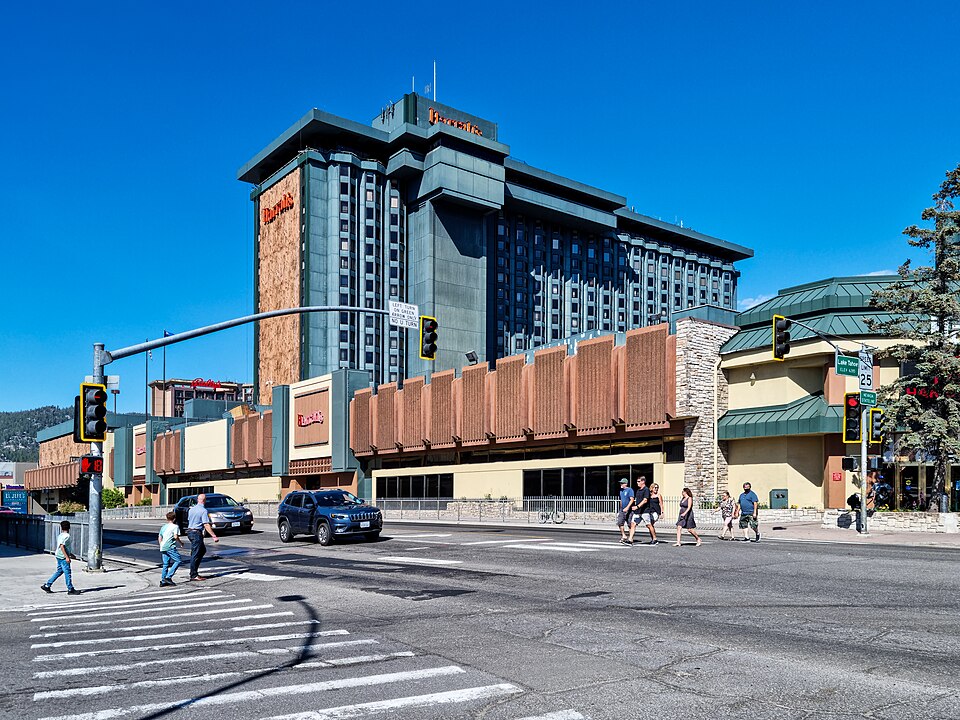
At Lake Tahoe, the border runs through resort sidewalks. On the Nevada side, casino floors, late-night shows, and flexible gaming rules anchor the economy. Steps away in California, beaches, bike paths, and state park trailheads lead the vibe. The same snowstorm can close a pass on one side while a different permitting office governs plows on the other. Visitors cross back and forth for gondola rides, concerts, and dinner specials. One alpine town, two regulatory playbooks, plenty of shared powder days.
6. Texico, New Mexico / Farwell, Texas
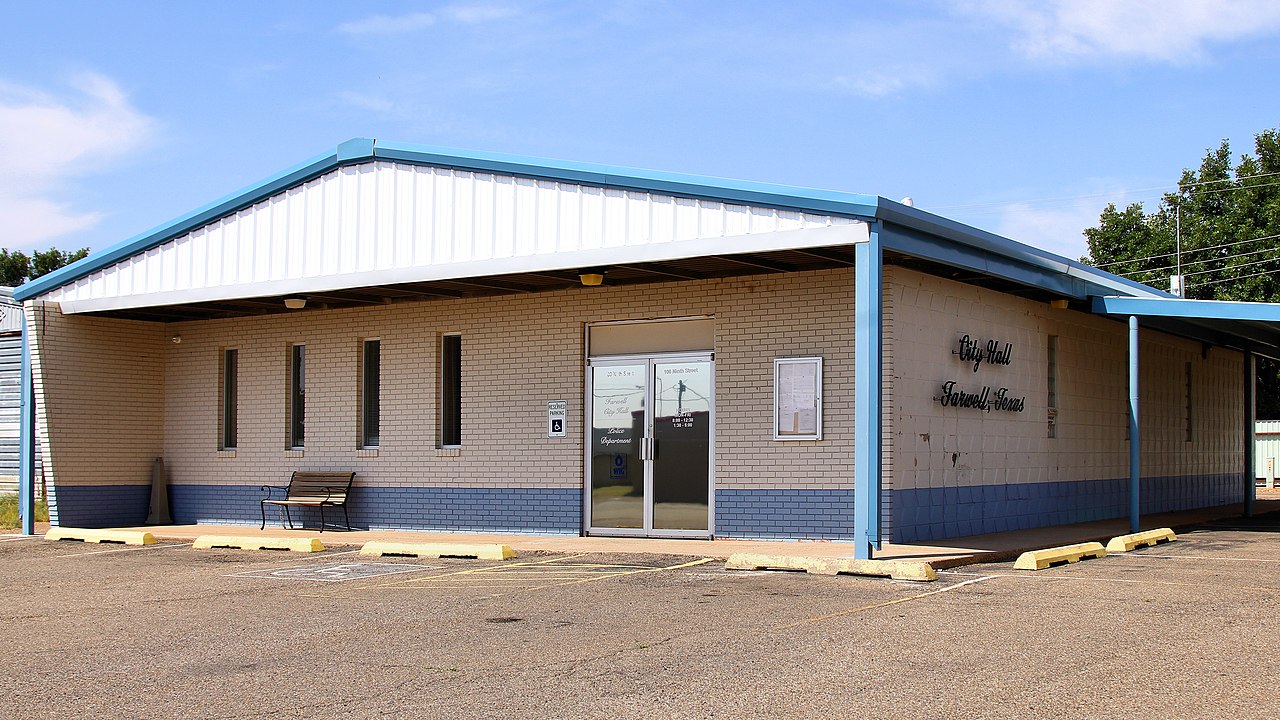
Here the railroad and grid streets meet at the line, with grain elevators and cattle trucks defining the skyline. Families split by a few blocks live in different states, so vehicle, tax, and school rules change quickly. Friday nights bring rival jerseys, then everyone ends up at the same diner for pie. Parades loop across Main Street, and volunteer firefighters back each other up during grassfire season. It is classic High Plains life, practical and neighborly, where the border is a sign, not a wall.
7. College Corner, Ohio / West College Corner, Indiana
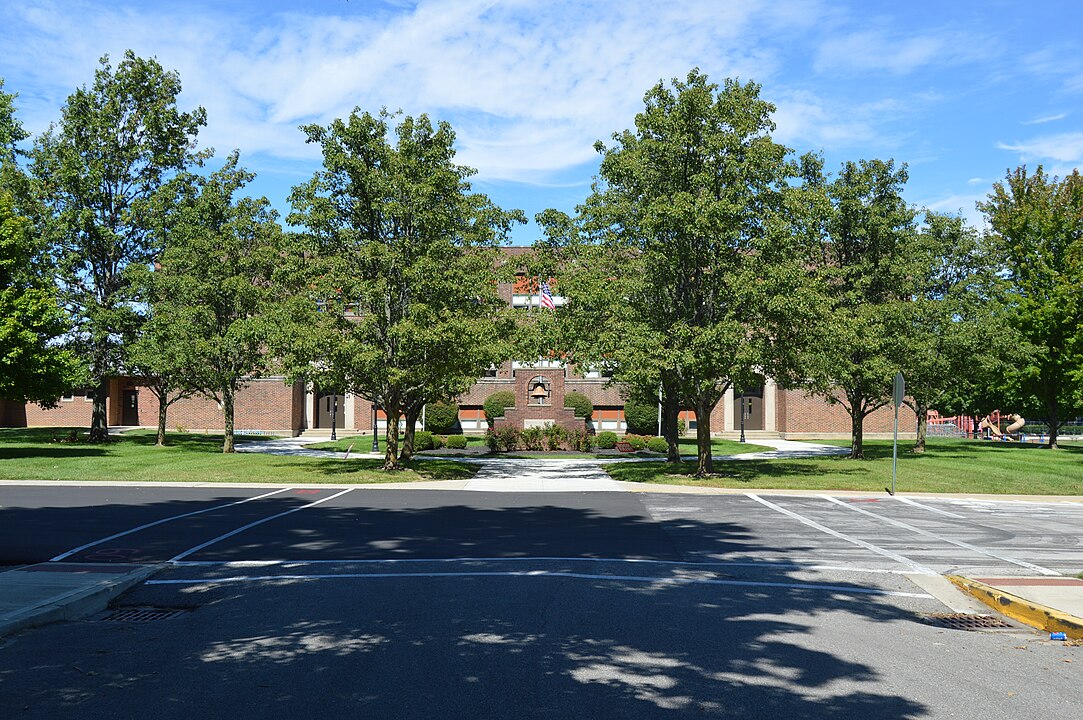
College Corner is unusual because the public school district is bi-state by law. The campus serves families from both sides, and the old gym famously had the state line marked on the floor. Property taxes, courts, and vehicle rules split along the border, yet daily routines do not. Fire and EMS agencies cross respond, and town councils coordinate on festivals and road work. Residents brag that kids grow up fluent in two sets of rules, a civics lesson delivered by recess and bus routes.
8. Lewiston, Idaho / Clarkston, Washington
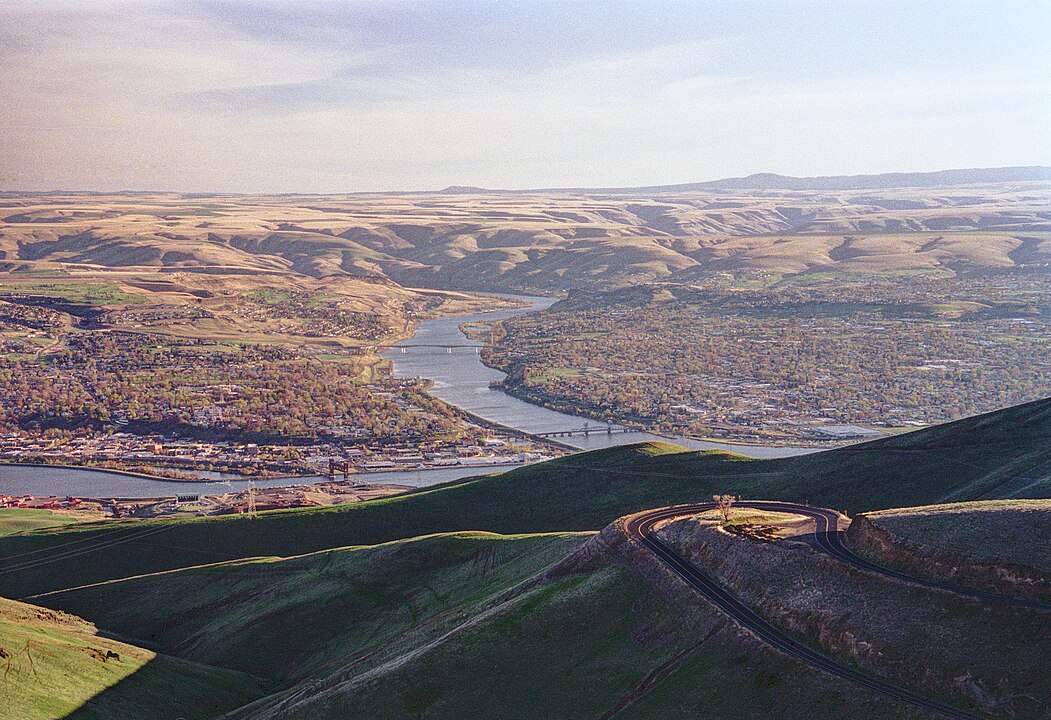
Named for Lewis and Clark, the twin river towns face each other across the Snake with bridges tying them into one market. The ports ship grain and lumber, anglers chase salmon below the dams, and families shop across the line depending on price and store hours. Washington and Idaho handle taxes and alcohol rules differently, so weekend plans sometimes start with a quick comparison. Hospitals, colleges, and sports leagues knit the valley together. The view is shared, the paperwork changes at mid span.
